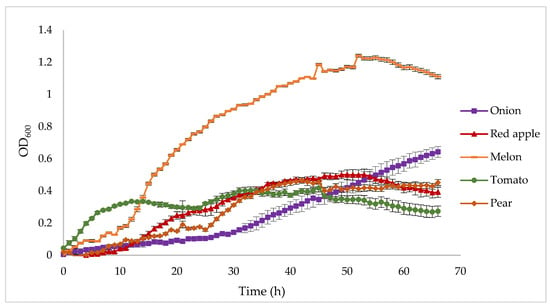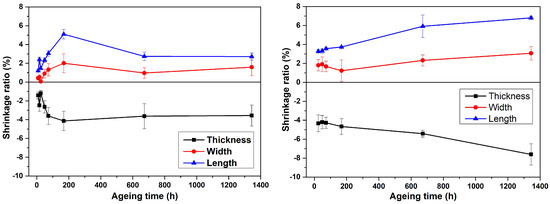Polymeric and Biopolymeric Materials: Recovery, Recycling and Reuse
A topical collection in Polymers (ISSN 2073-4360). This collection belongs to the section "Circular and Green Polymer Science".
Viewed by 4519Editors
Interests: polymer composites and nanocomposites; renewable and biodegradable materials; lignocellulosic materials; nanocellulose; nanotechnology; hybrid and functional materials; supermolecular structure; thermal analysis; processing and recycling of polymeric materials
Special Issues, Collections and Topics in MDPI journals
Interests: biopolymers; lignin chemistry; synthesis, characterization and applications of advanced functional materials; hybrid materials, biomaterials; polymer composites, biocomposites; chemical modification of synthetic and natural polymers; application of ligno-cellulosic materials in polymer chemistry; (bio)additives and eco-friendly fillers
Special Issues, Collections and Topics in MDPI journals
Topical Collection Information
Dear Colleagues,
The main objective of the circular economy is to minimize the production of polymer waste. Therefore, it is extremely important for research to focus on the development of new technologies for the recycling and recovery of polymeric materials and a comprehensive characterization of the obtained recyclates. Another research trend, which is an alternative to plastics produced from petrochemical raw materials, is the production of biopolymers obtained from biomass, as well as composite materials containing renewable raw materials.
The above-mentioned topic is a great challenge because it covers many issues, including plastics processing, adhesion, and miscibility, composites and blends, thermostability, degradation and biodegradation, compostability, etc.
The goal of the presented Collection in Polymers is to share the most significant challenges associated with the mentioned research topics, as well as to elucidate the important trends for the near future.
We hope that the proposed Collection will offer a comprehensive and interesting view and be an important source of successful solutions in modern, sustainable, polymeric and/or biopolymeric materials, as well as in the context of recycling and recovery, and biodegradation.
Dr. Sławomir Borysiak
Dr. Łukasz Klapiszewski
Prof. Dr. Teofil Jesionowski
Collection Editors
Manuscript Submission Information
Manuscripts should be submitted online at www.mdpi.com by registering and logging in to this website. Once you are registered, click here to go to the submission form. Manuscripts can be submitted until the deadline. All submissions that pass pre-check are peer-reviewed. Accepted papers will be published continuously in the journal (as soon as accepted) and will be listed together on the collection website. Research articles, review articles as well as short communications are invited. For planned papers, a title and short abstract (about 100 words) can be sent to the Editorial Office for announcement on this website.
Submitted manuscripts should not have been published previously, nor be under consideration for publication elsewhere (except conference proceedings papers). All manuscripts are thoroughly refereed through a single-blind peer-review process. A guide for authors and other relevant information for submission of manuscripts is available on the Instructions for Authors page. Polymers is an international peer-reviewed open access semimonthly journal published by MDPI.
Please visit the Instructions for Authors page before submitting a manuscript. The Article Processing Charge (APC) for publication in this open access journal is 2700 CHF (Swiss Francs). Submitted papers should be well formatted and use good English. Authors may use MDPI's English editing service prior to publication or during author revisions.
Keywords
- polymeric and biopolymeric materials
- renewable and biodegradable materials
- hybrid and functional materials
- recovery, recycling, reuse










